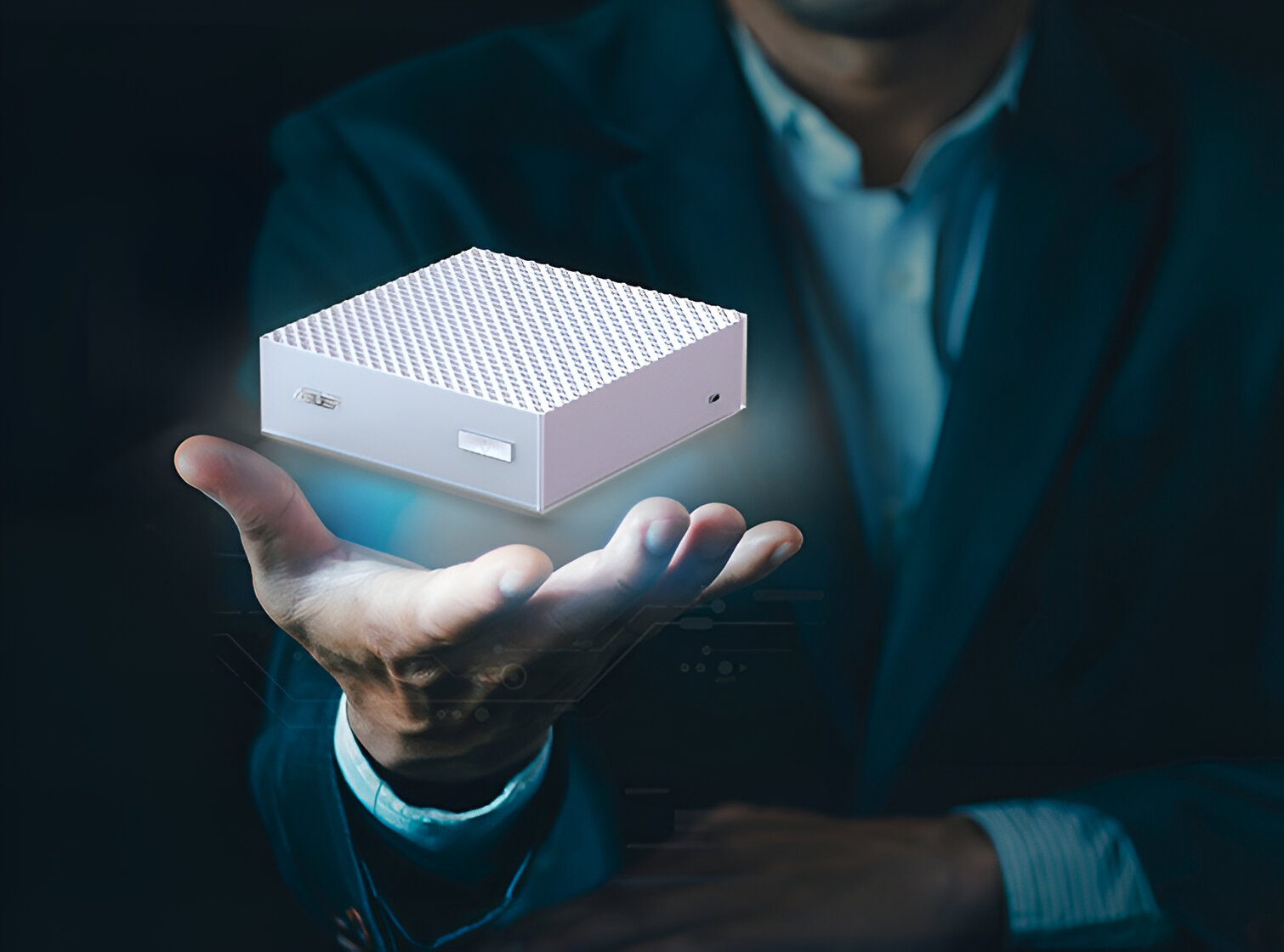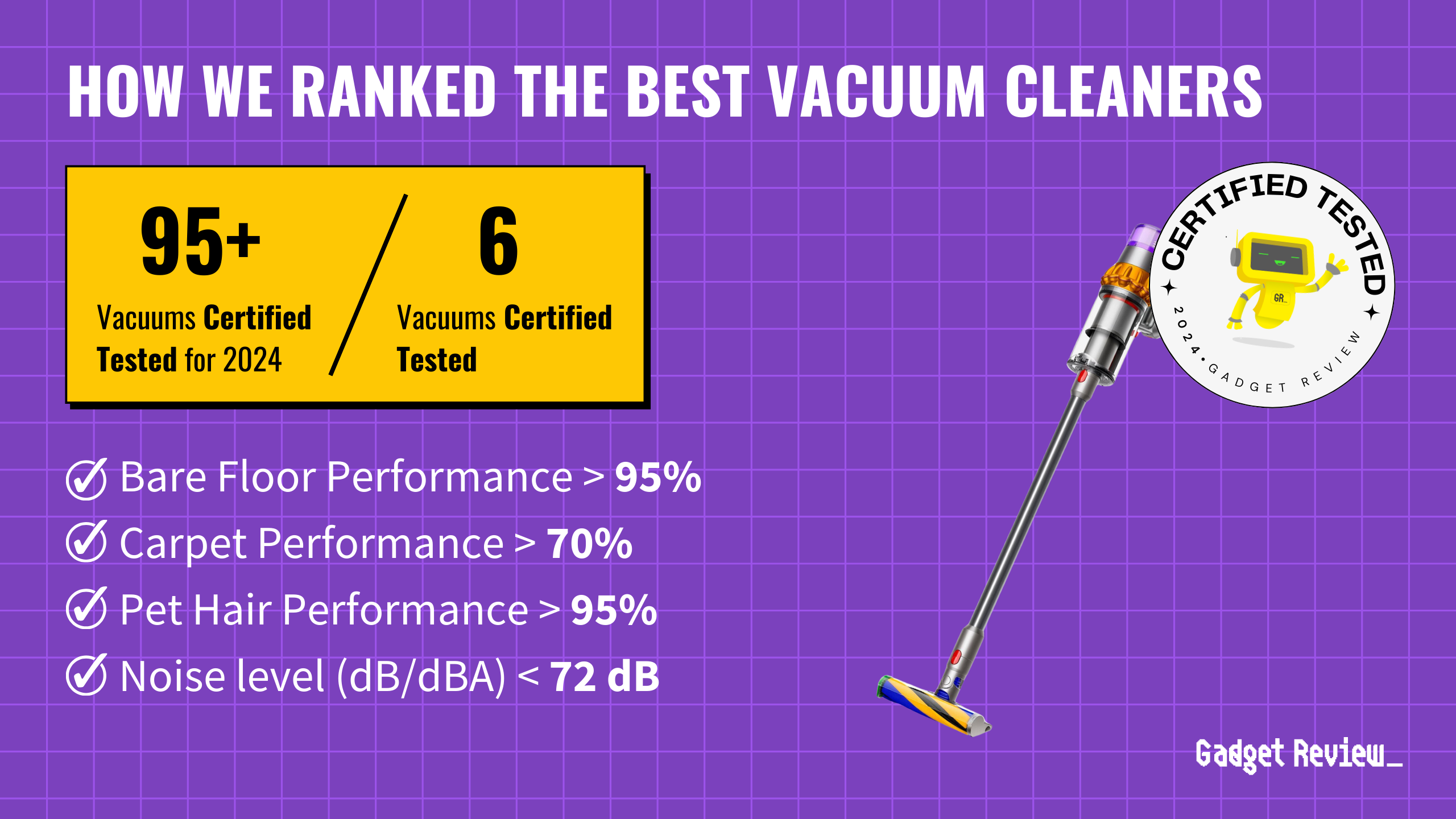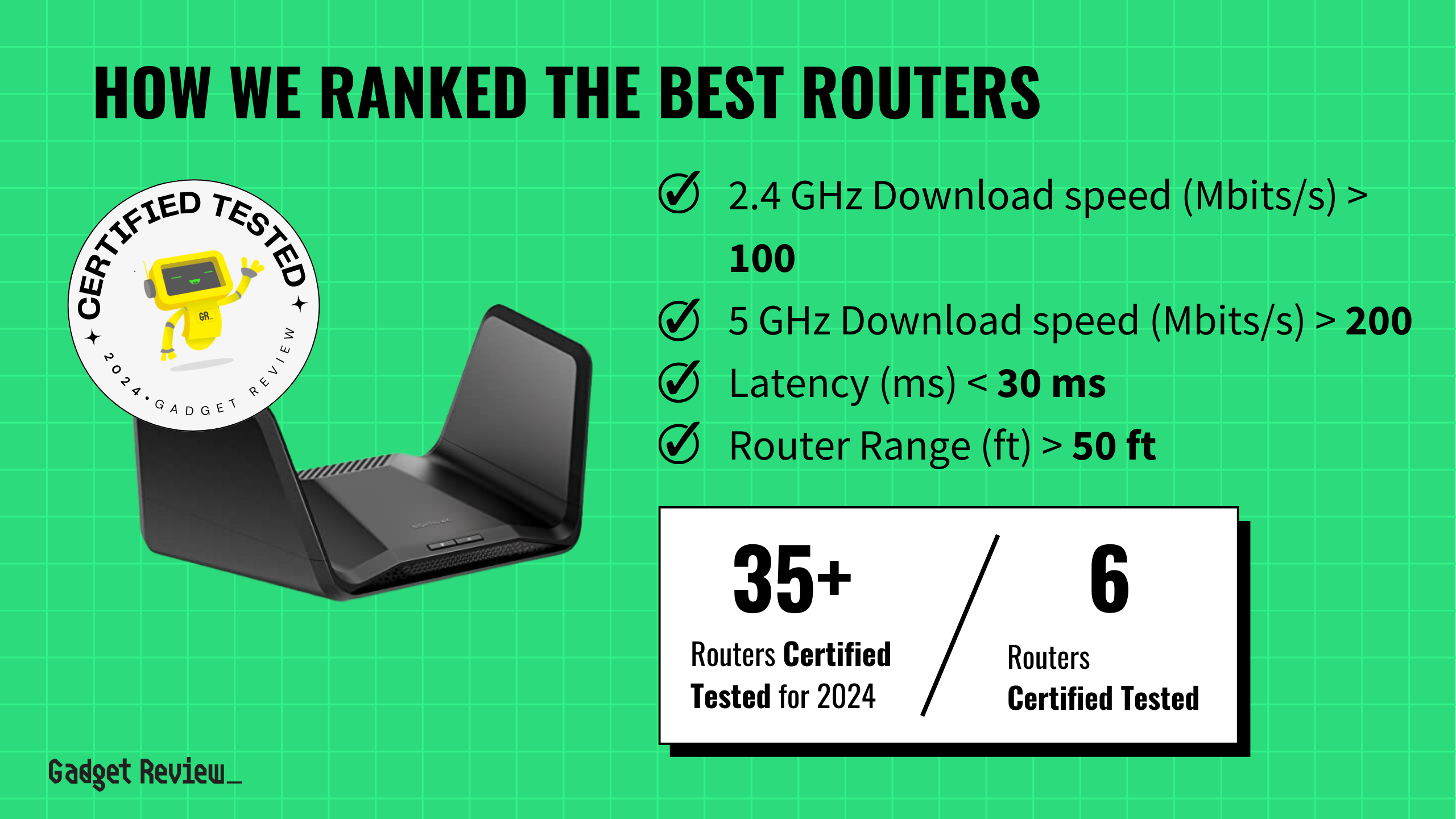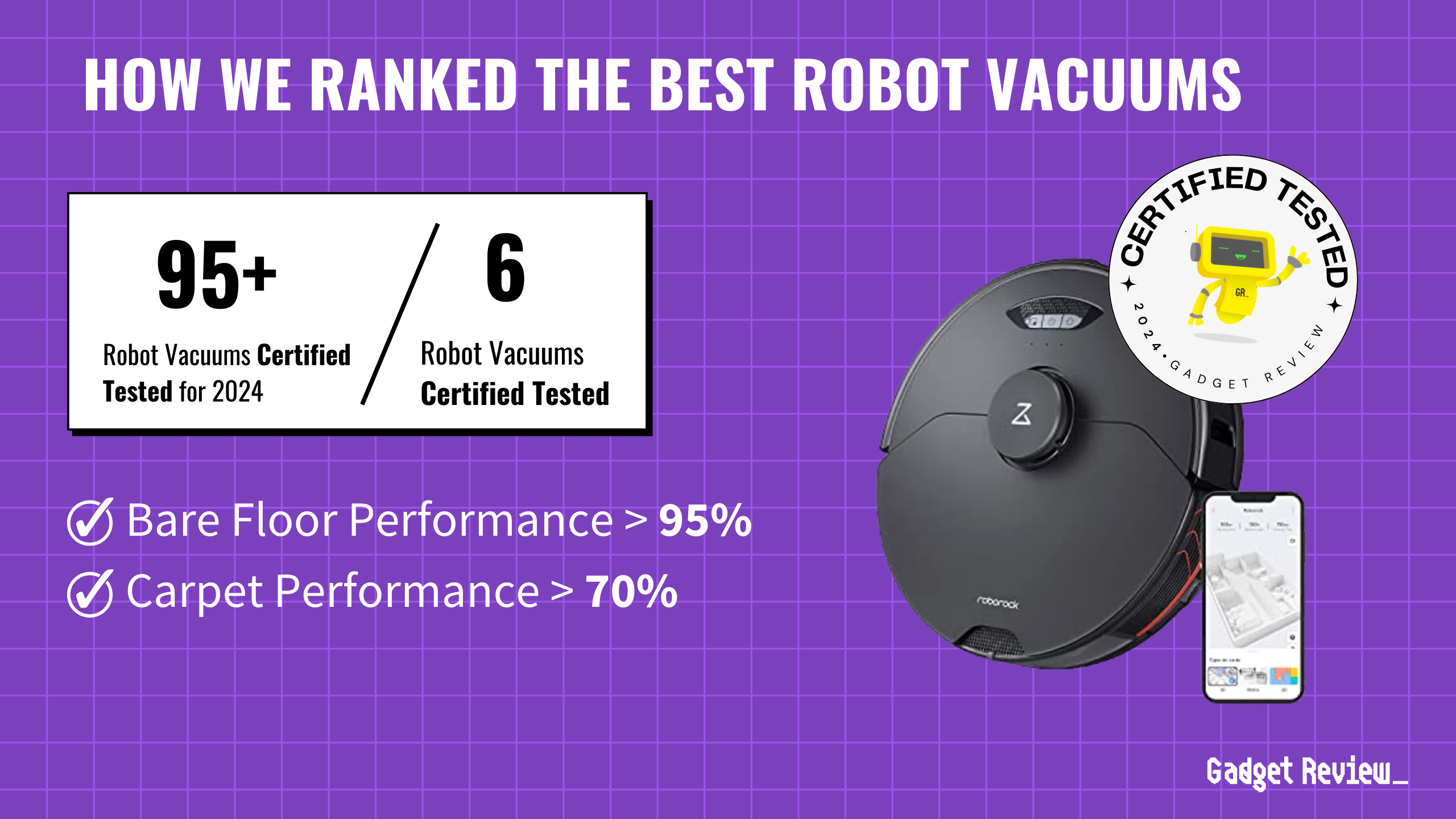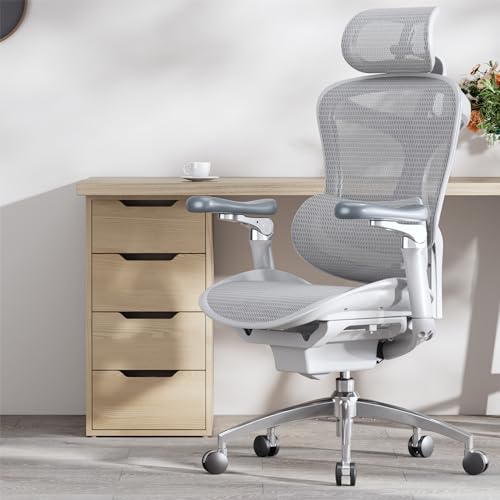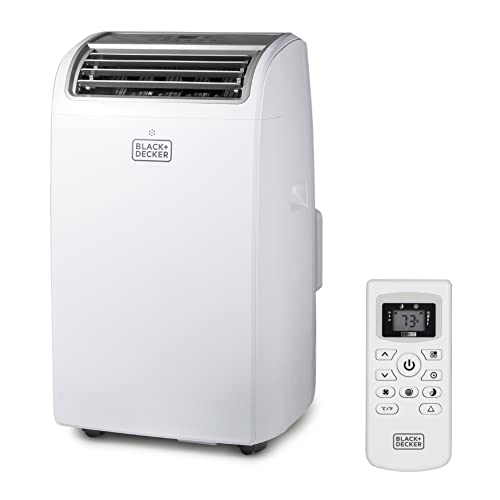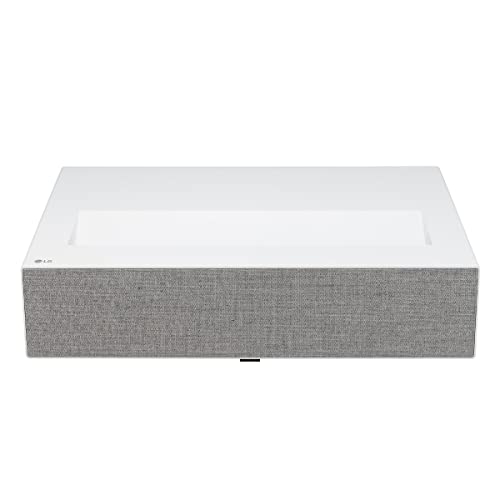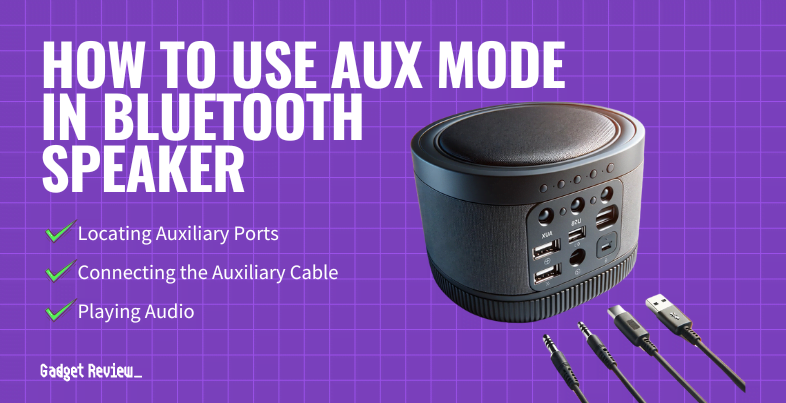Since 1800, the White House has served as both home and office for U.S. presidents, and as you might expect, its security has evolved dramatically over time. What started as a simple residence has transformed into one of the most fortified buildings in the world, thanks to 13 advanced security measures designed to protect both the president and this historic landmark.
13. Bulletproof Windows
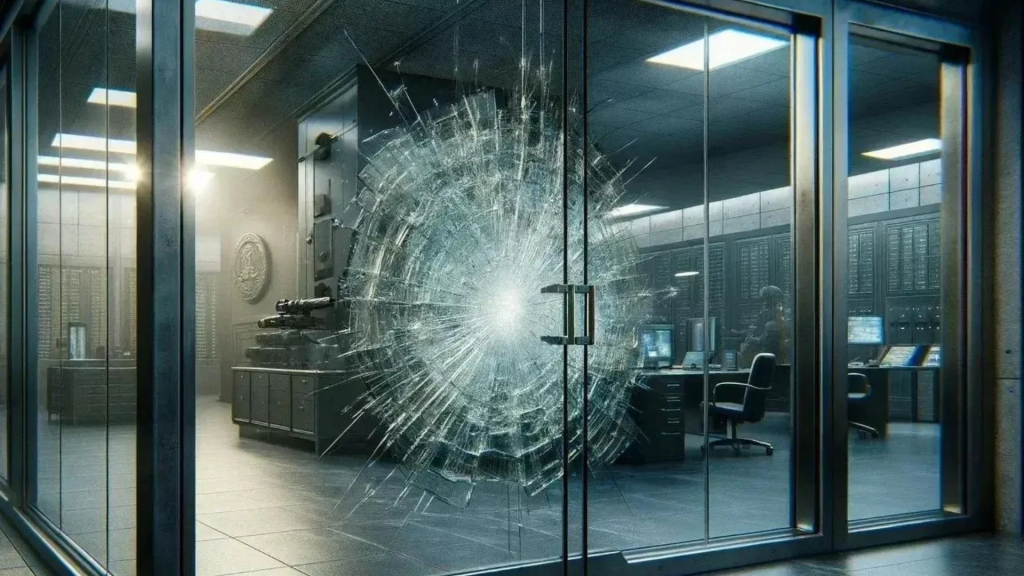
The White House boasts bulletproof windows, a critical feature designed to protect against potential threats. Each window is made from high-grade glass, likely level 8 bulletproof glass, which is approximately 2.5 inches thick. This type of glass is engineered to withstand multiple shots from military-grade firearms, providing a robust defense against attacks. The decision to install such resilient windows was underscored by incidents like the 2011 shooting by Oscar Ramiro Ortega-Hernandez, who fired at the White House but failed to penetrate the glass.
The presence of bulletproof windows not only enhances the security of the building but also serves as a psychological deterrent to potential attackers. Knowing that the windows can withstand significant firepower likely discourages any would-be assailants from attempting an attack. This feature is a testament to the lengths taken to ensure the safety of the president and the integrity of the White House.
12. Counter-Sniper Team
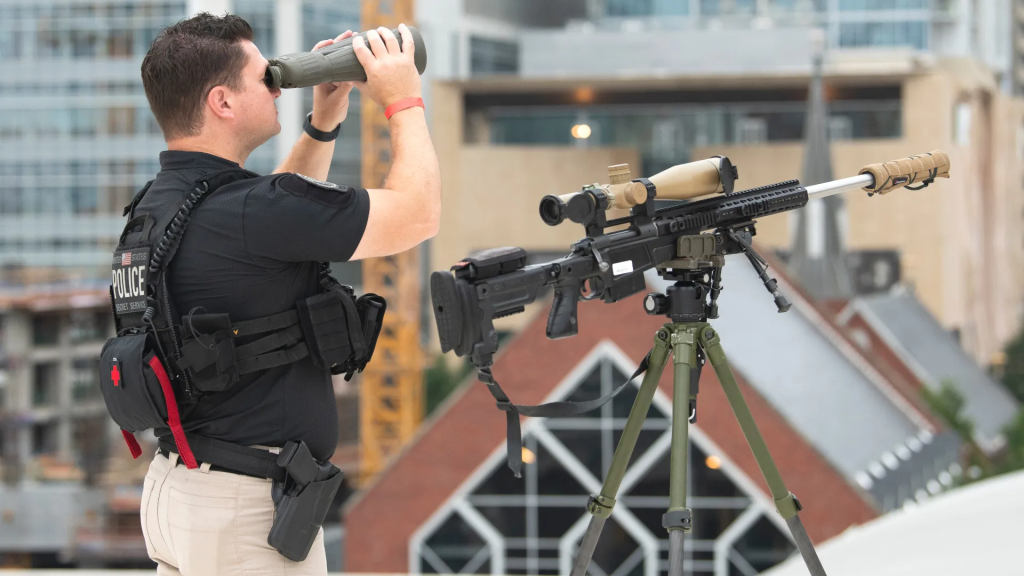
On the roof of the White House, a counter-sniper team operates as part of the Secret Service’s security measures. These highly trained individuals are responsible for monitoring the area for any potential threats from a distance. Each sniper must qualify monthly by hitting targets from distances of up to 3,000 feet, showcasing their exceptional marksmanship skills. While they have never had to engage a threat directly, their presence provides a significant layer of security.
The counter-sniper team plays a crucial role in the overall security strategy of the White House. Their ability to observe and assess threats in real time ensures that any suspicious activity is addressed promptly. This proactive approach to security is vital in maintaining the safety of the president and the surrounding area, reinforcing the notion that the White House is a well-guarded fortress.
11. Airspace Restrictions
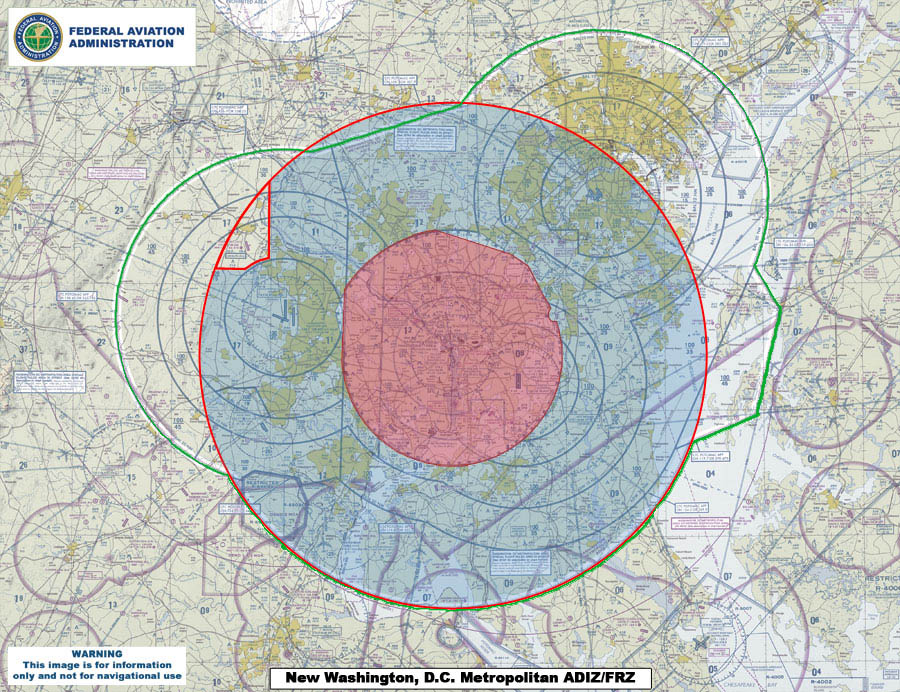
The airspace above the White House is classified as a special restricted zone, known as the Washington DC Special Flight Rules Area (SFRA). Any aircraft wishing to enter this airspace must obtain prior clearance from the Federal Aviation Administration (FAA). If an unauthorized aircraft is detected, the North American Aerospace Defense Command (NORAD) is prepared to respond swiftly, often deploying military jets to intercept the aircraft.
An example of this occurred in 2023 when a Cessna entered the SFRA without authorization. In response, six F-16 fighter jets were scrambled and intercepted the aircraft within 12 minutes. This incident highlights the rigorous airspace security measures in place, ensuring that any potential aerial threats are dealt with swiftly and effectively. The combination of advanced technology and military readiness underscores the seriousness with which airspace security is treated around the White House.
10. Anti-Aircraft Systems
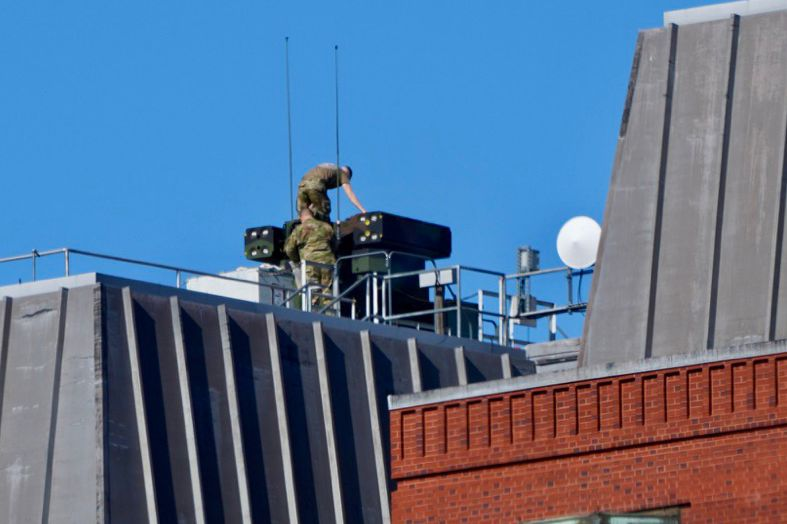
In addition to airspace restrictions, the White House is equipped with anti-aircraft systems. Reports have indicated the presence of missile batteries on the roof of the new executive office building, which is located near the White House. These systems are designed to protect against aerial threats, showcasing the comprehensive nature of the White House’s security measures.
The missile systems, believed to be Avenger air defence systems, consist of infrared-guided Stinger missiles. While these systems have never been deployed in a real-world scenario, their existence serves as a powerful deterrent against potential aerial attacks. The combination of advanced technology and strategic positioning ensures that the White House is prepared for a variety of threats, reinforcing its status as a secure location.
9. Guard Dogs
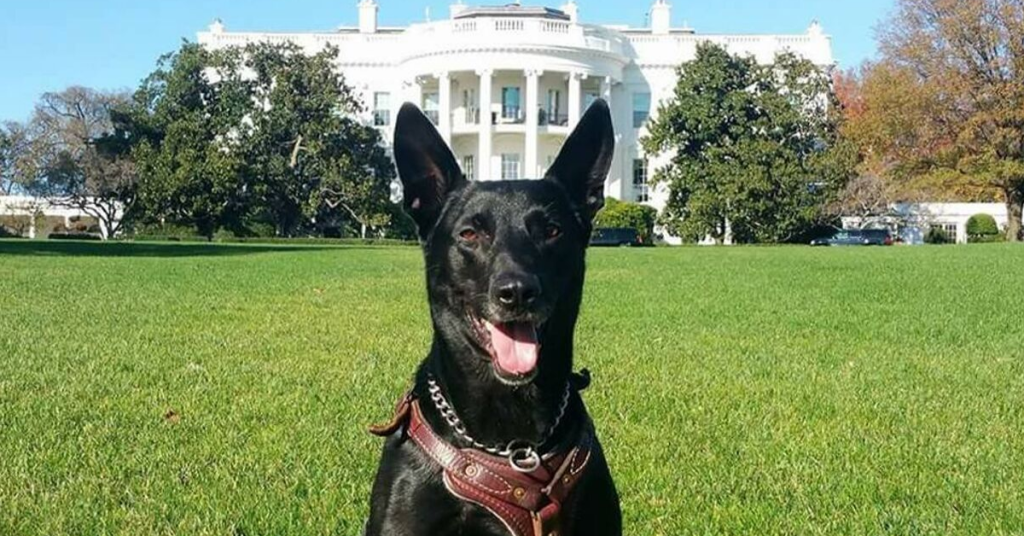
Since 1976, the Secret Service has employed guard dogs to enhance the security of the White House grounds. The Belgian Malinois breed is favoured for its agility, intelligence, and ability to detect explosives. These dogs undergo extensive training to recognize threats and respond appropriately, making them invaluable assets in the security team.
The use of guard dogs adds an additional layer of security, as they can quickly respond to intruders and alert their handlers to potential dangers. Their presence not only deters would-be intruders but also provides a sense of safety for those within the White House. The combination of human and canine security personnel creates a formidable defence against any threats to the president and the building itself.
8. Drone Surveillance
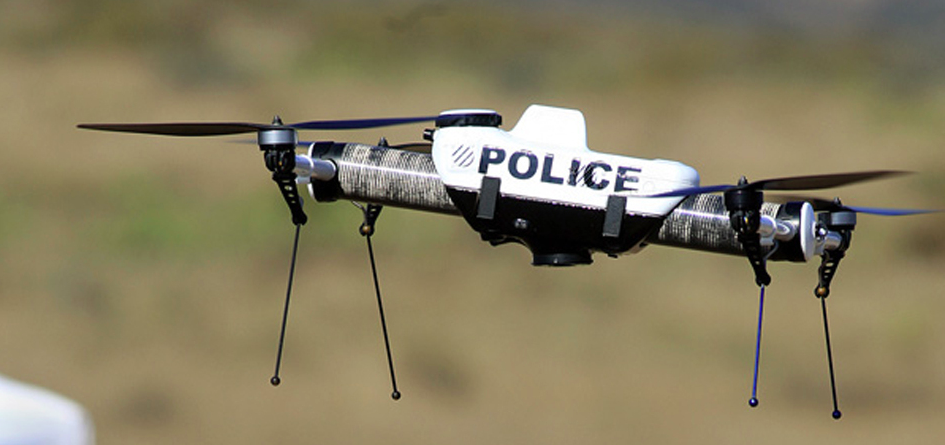
Drones have become an integral part of modern security measures, and the White House is no exception. Following incidents involving unauthorized drones, the Secret Service has implemented drone surveillance systems to monitor the area. These drones are equipped with advanced cameras and sensors, allowing for real-time monitoring of the grounds.
In addition to surveillance, the Secret Service has also begun deploying their own drones for protective measures. These drones are equipped with electro-optical and infrared cameras, enhancing the ability to detect potential threats. The integration of drone technology into the White House’s security framework demonstrates a commitment to utilizing modern advancements to ensure the safety of the president and the surrounding area.
7. Enhanced Fencing
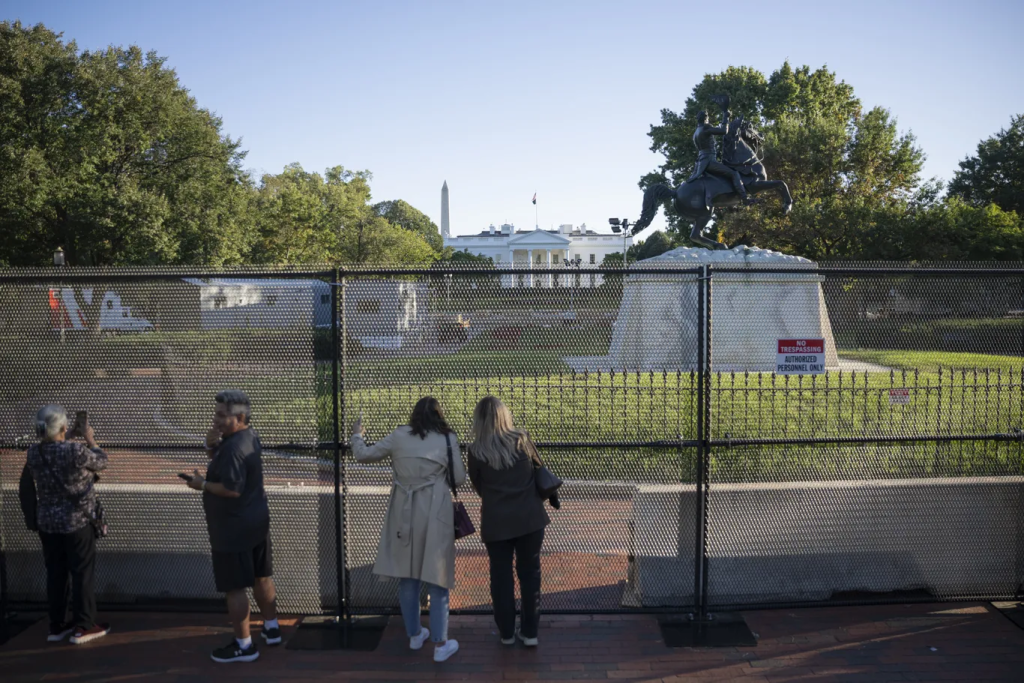
The White House’s fencing has undergone significant upgrades over the years to improve security. Following incidents of unauthorized access, such as the 2014 fence-jumping by Omar Gonzalez, the White House constructed a new 13-foot tall fence equipped with anti-climb and intrusion detection technology. This new barrier is designed to deter intruders and alert security personnel to any attempts to breach the perimeter.
The enhanced fencing not only serves as a physical barrier but also incorporates advanced technology to monitor for potential threats. Pressure sensors are rumored to be installed on the fence, alerting security when pressure is applied to the bars. This proactive approach to security ensures that any attempts to breach the White House’s defenses are met with swift action, reinforcing the building’s status as a secure location.
6. Secret Service Personnel
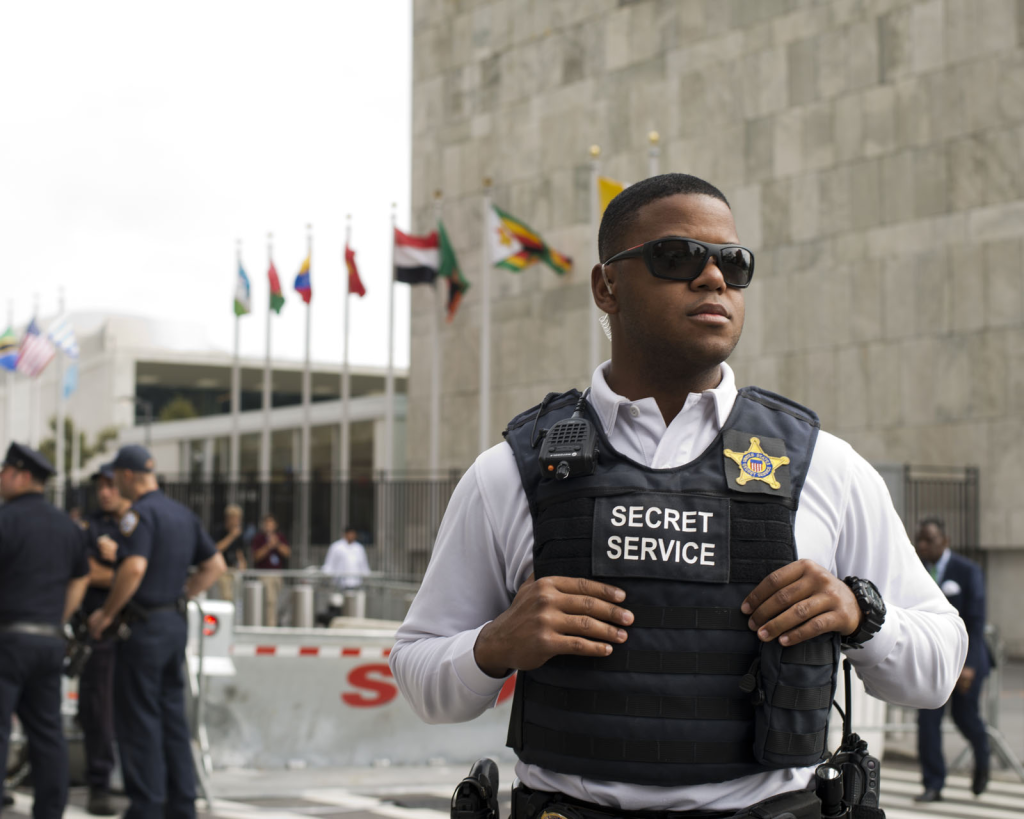
The uniformed division of the Secret Service plays a crucial role in maintaining the security of the White House. These agents are responsible for patrolling the grounds and ensuring that no external threats approach the building. Each agent undergoes rigorous training, including a 29-week training course, to prepare them for their roles in protecting the president.
The presence of a large number of uniformed agents on duty at any given time provides a sense of security for both the president and visitors to the White House. Their training and experience equip them to handle a variety of situations, ensuring that the president is protected at all times. The dedication and professionalism of the Secret Service personnel contribute significantly to the overall security of the White House.
5. Infrared Sensors
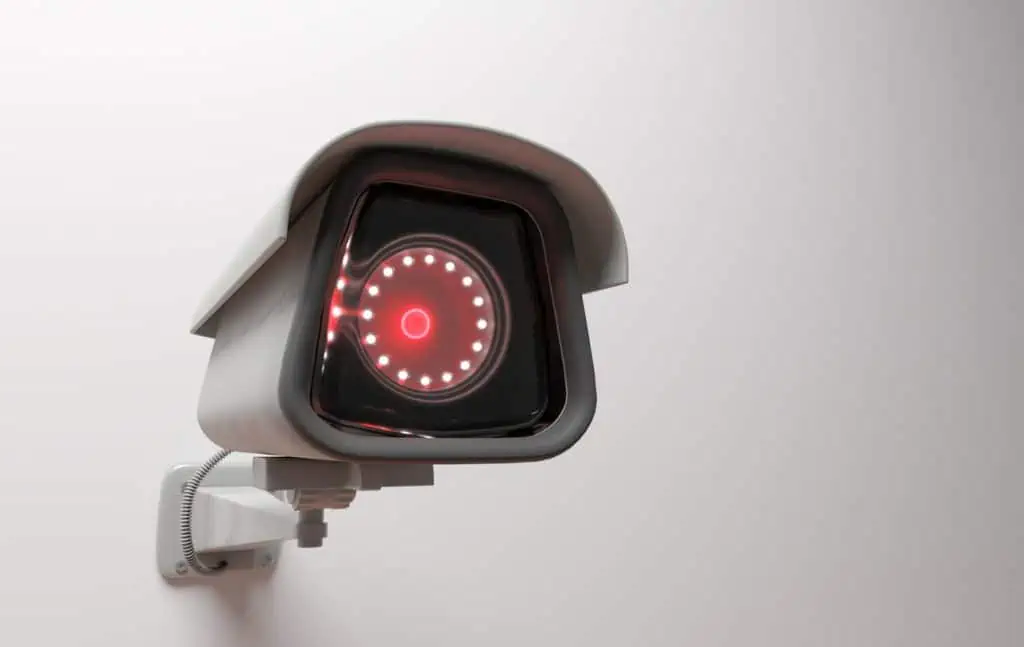
While many security measures are visible, some are hidden from plain sight. Reports suggest that infrared sensors surround the perimeter of the White House, capable of detecting heat signatures and human movement even at night. This technology allows security personnel to monitor the area continuously, ensuring that any potential threats are identified and addressed promptly.
The use of infrared sensors adds an element of stealth to the White House’s security measures. By not disclosing the exact locations of these sensors, the Secret Service maintains an advantage over potential intruders, who cannot easily plot a route to avoid detection. This strategic approach to security enhances the overall safety of the president and the White House.
4. Food Tasters
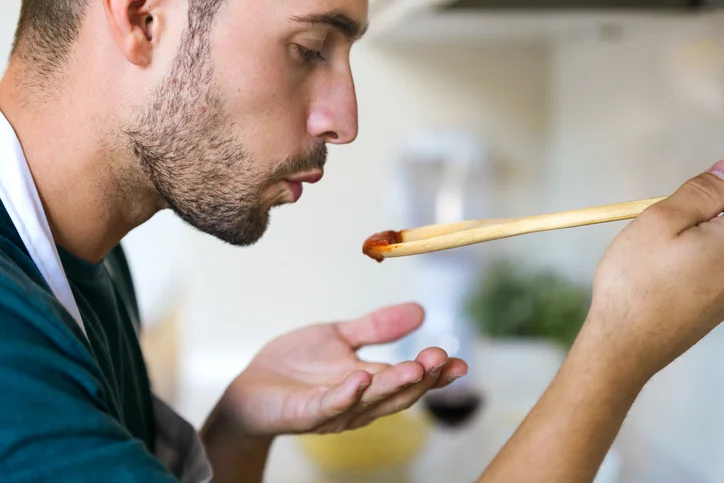
Given the risks associated with being the president, food tasters are believed to be employed to ensure that meals are safe for consumption. While the Secret Service has never officially confirmed this practice, it is widely acknowledged that precautions are taken to prevent poisoning. Food tasters are responsible for sampling meals before they are served to the president, providing an additional layer of security.
The role of food tasters highlights the lengths to which the Secret Service goes to protect the president. This practice underscores the reality that even seemingly innocuous activities, such as dining, can pose significant risks. The presence of food tasters ensures that the president can enjoy meals without fear of tampering, allowing them to focus on their duties without distraction.
3. Oval Office Security
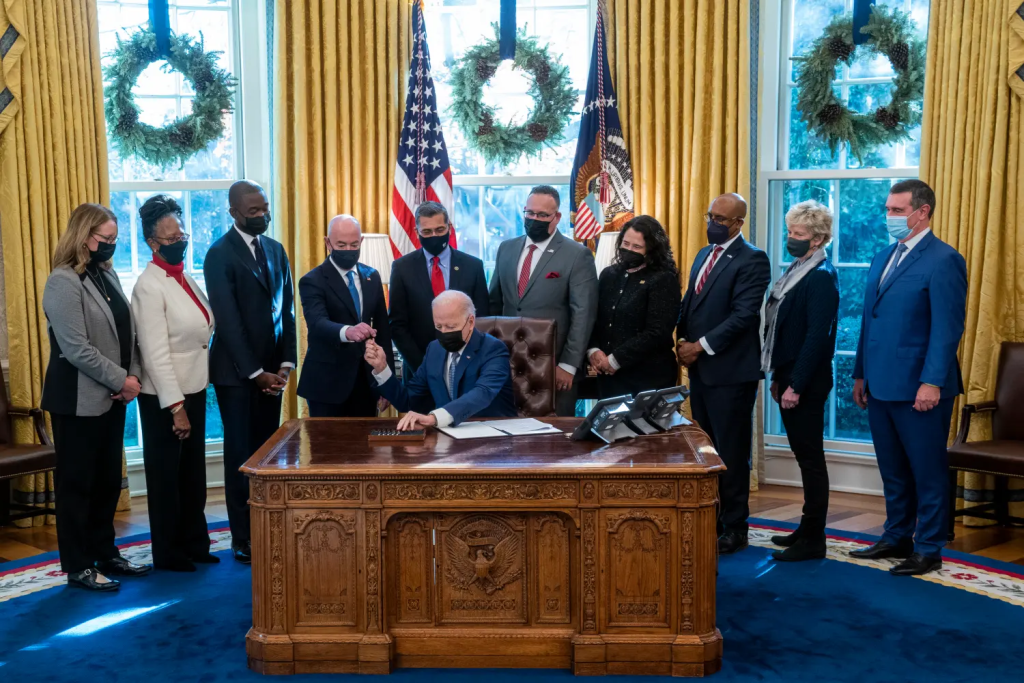
Inside the Oval Office, security measures are also in place to protect the president during private meetings. Reports suggest that weight-sensitive pressure pads are installed under the carpet, allowing agents to track the president’s movements. This technology ensures that the Secret Service can respond quickly in case of an emergency, even when they are not in the same room as the president.
Additionally, rumors persist about a secret escape door in the Oval Office, providing a potential exit route in case of an emergency. While the specifics of this door remain unconfirmed, the idea of having a hidden escape route adds an intriguing layer to the security measures in place. The combination of advanced technology and strategic planning ensures that the president’s safety is prioritized at all times.
2. Secret Tunnels
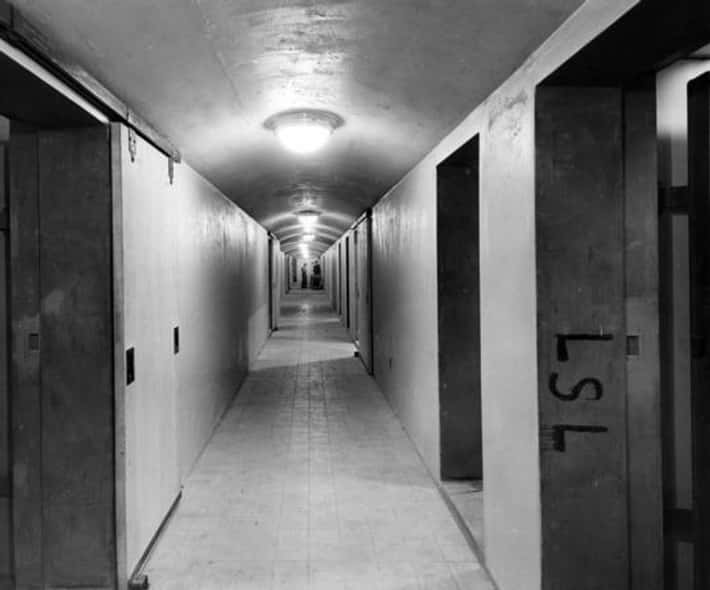
Beneath the White House lies a network of secret tunnels that have been in place since the early 19th century. Originally constructed for practical purposes, such as waste removal, these tunnels have evolved to serve as emergency evacuation routes. During World War II, a significant tunnel was built to allow for the safe evacuation of the president in case of an attack.
The existence of these tunnels adds an element of intrigue to the White House’s security measures. While the specifics of the tunnel system remain classified, it is believed to be extensive, providing multiple routes for evacuation. This hidden infrastructure ensures that the president has options in case of an emergency, reinforcing the notion that the White House is prepared for any situation.
1. Underground Bunkers
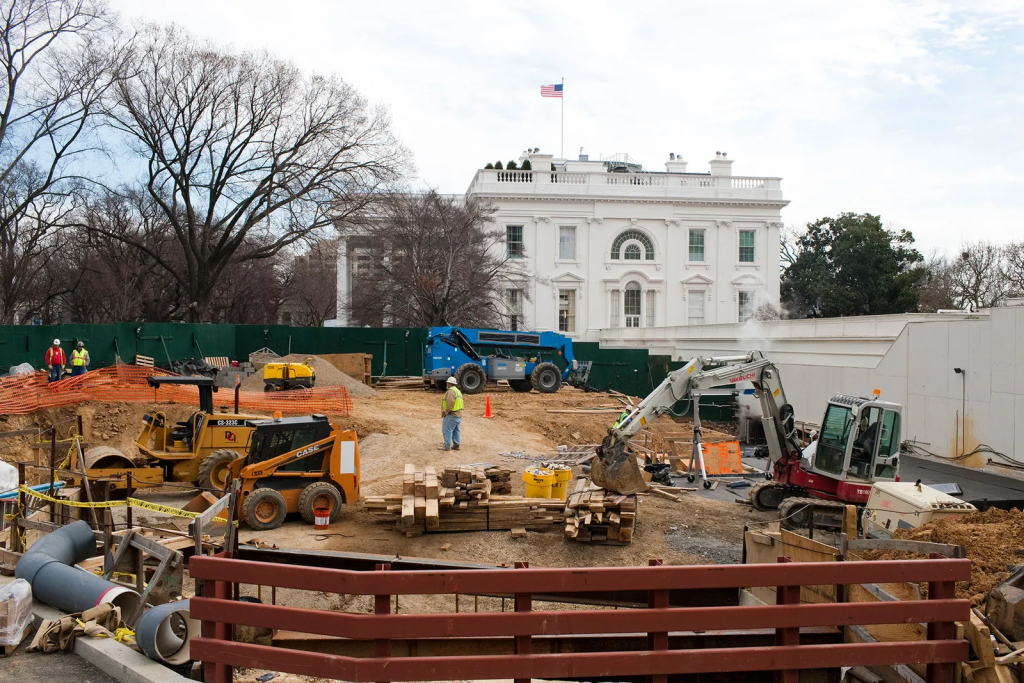
Among the most impressive security features of the White House is the underground bunker known as the Presidential Emergency Operations Center (PEOC). This facility is designed to provide a secure location for the president and key officials during emergencies. Equipped with modern communication technology, the bunker allows for coordination with external government units during crises.
The PEOC’s location deep beneath the White House ensures that it is well-protected from potential threats. The bunker has been used during significant events, such as the September 11 attacks, demonstrating its importance in the overall security strategy. The existence of such a facility underscores the seriousness with which the White House approaches security, ensuring that the president is always prepared for any eventuality.











